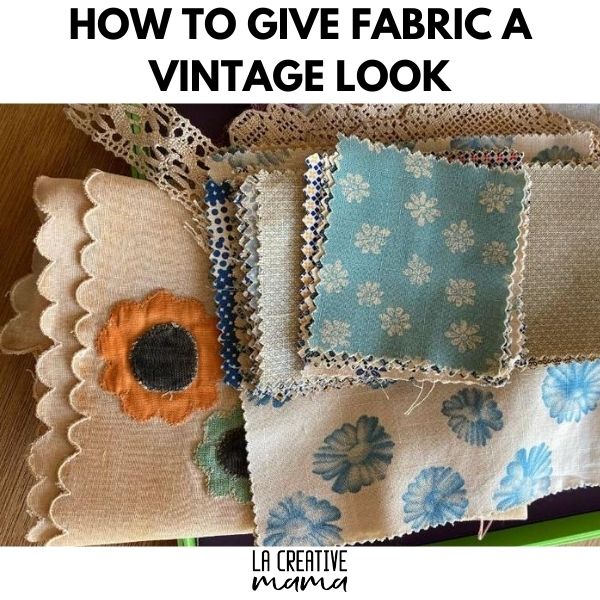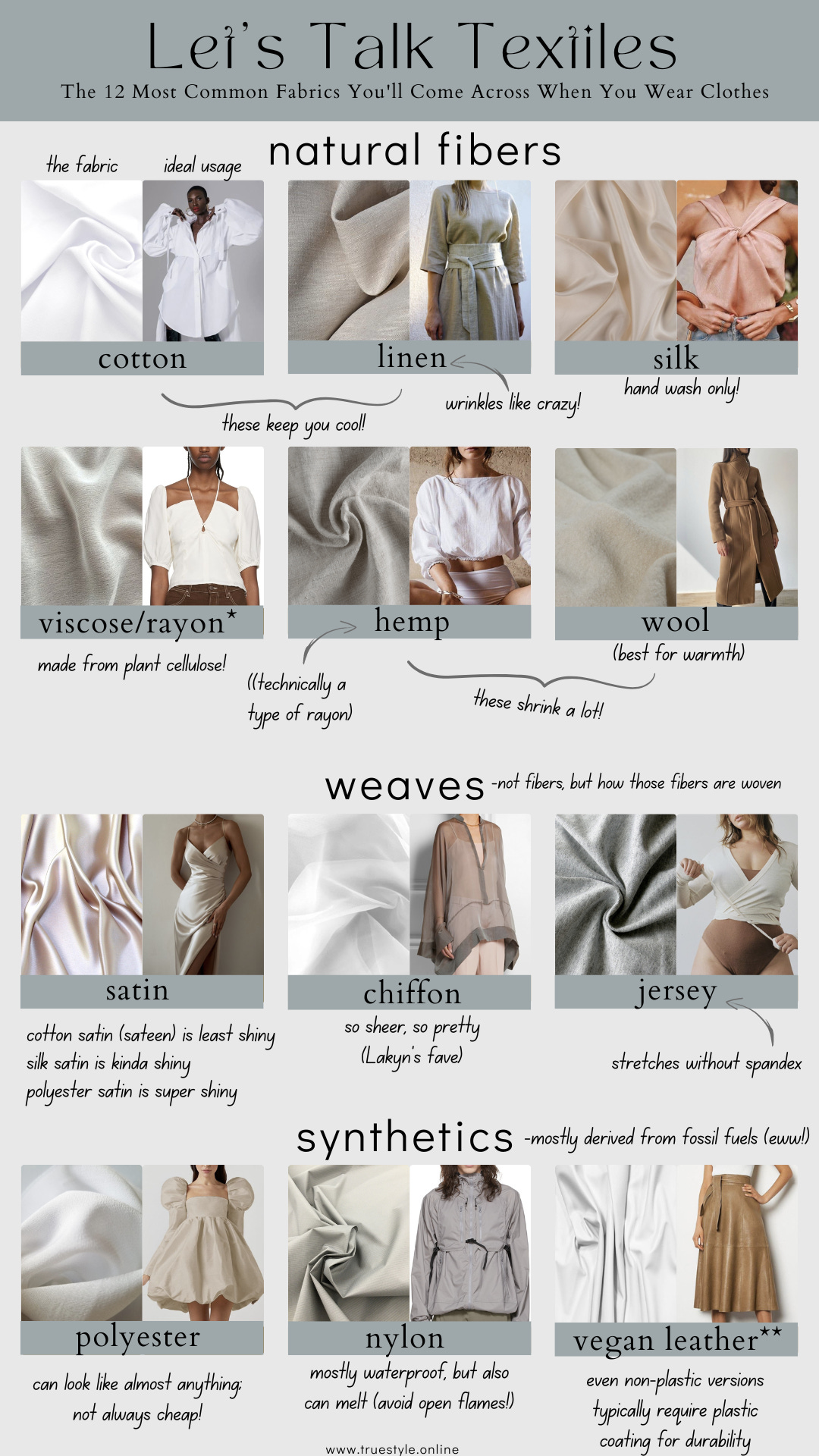All 4 Way Stretch Fabrics for Dummies
Some Known Incorrect Statements About All 4 Way Stretch Fabrics
Table of ContentsHow All 4 Way Stretch Fabrics can Save You Time, Stress, and Money.Examine This Report on All 4 Way Stretch FabricsAll 4 Way Stretch Fabrics Can Be Fun For AnyoneAll 4 Way Stretch Fabrics Can Be Fun For EveryoneThe 25-Second Trick For All 4 Way Stretch FabricsAll 4 Way Stretch Fabrics Fundamentals ExplainedNot known Facts About All 4 Way Stretch Fabrics
As I also want UV security from my garments when I go out, I would certainly choose a densely woven cotton fabric. One more consideration when getting the textile is the means it will after washing.A winner would be to purchase least 10% added textile. If you can acquire preshrunk textile, this is the very best. Preshrunk textile will certainly have labels that will say" and so on. If you are looking for a textile that will not extend or lose form, you can search for the "anti-sag" label.

If you are matching the color, like choosing the lining for the main fabric or choosing fabric to add as trim, this is especially essential. The fabric showrooms will typically have a light well where you can see the material in sunlight (or a window with good light from outdoors).
All 4 Way Stretch Fabrics Fundamentals Explained

Most textiles are regarding 44 wide. When you most likely to buy textile, estimate just how much you desire first and after that go to the store. Look into this blog post to understand the answer to this regularly heard inquiry "Just how much fabric do I require". With a fat quarter, you will obtain an 18 broad by 22 long.
These are offered in the shops I regular as cut items they are mainly treasured reduced and a few of them, when they are last off the bolt, prized very reduced. You will need to ask the sales representatives for items like that. Some wonderful bargains can be had by doing this. In dressmaking, we acquire fabric by the yard/meter.
Indicators on All 4 Way Stretch Fabrics You Should Know
In a quarter of a backyard, you obtain a 9 by 44 strip of textile, which is concerning 22 centimeters in size. According to the size of textiles, they might be called single-width and double-width.
Pick materials that are not too hard or rigid, or you wouldn't be comfy in them. Bed linen, Denim, flannel, For colder environments, choose woollen (100% as well as wool blends) woollen tweeds, wool crepe; it primarily depends on what pants you are chatting regarding Tailored pants, Unstructured Pant, Combined, Denim.
All cotton textiles are great for children. Knit materials are also wonderful for children you can go for wool knits.
The Buzz on All 4 Way Stretch Fabrics
Check out this article on the very best textile for clothes for babies and kids for even more information on this subject. Light-weight cotton is my favorite to sew skirts. Cotton lawn cloth in appealing prints is great. Silk jersey is a great fabric for sewing skirts, as is Ponte Roma knit material.
Additionally, drapey rayons, soft woollen, lycra blends, and stretch velours are all appropriate for stitching skirts. Wool (Woollen crepe has a great drape and offers adequate framework for coats; wool tweeds are fantastic as well), Linen & Flannel. Velvet (Take A Look At the slouchy velvet blazer tutorial, incidentally). Lightweight knits benefit free-flowing jackets similar to this waterfall coat pattern Raw silk, satin, taffeta, velour, Lace, silk chiffon, and Fabric are all great for making gowns.
You can get medium-weight fabrics with some spandex/elastane added for a fitting bodycon-type dress. For drapey dresses, you can choose lightweight materials. Jacket has a drapey fit like this. Crepe, challis, and charmeuse are all drapey materials fit for this style. Have a look at these posts: Finest material for making informal gowns and tops; Names of different outfits. Rayon, Acetate, and cotton lining materials are famously utilized.
Light-weight cotton material, Cambric, Chintz, Twill, Faille, Seersucker, Poplin, light-weight woven broadcloth, batiste, linen, eyelet are excellent for making tee shirts and blouses. I like chiffon blouses. Silky satin material is great for making airy tops. Take a look at the blog post on the 7 best materials for making tee shirts. Making shawls and headscarfs require different considerations for the fabric check out this post on the textiles for making scarves When getting formed fabric (a lot of the patterned material features a width of 45 or 54 inches), there will be pattern repeat in these textiles, and this should be taken into consideration when reducing textile in addition to acquiring them i.e., if you want to match the patterns at the joints.
Everything about All 4 Way Stretch Fabrics
The motifs will certainly be distributed in a planned style on the material. You may notice occasionally If the print is not positioned on the material correctly, it can not be matched or lined up when created without misshaping the fabric and the hang of the garment.


You can discover more regarding grain and grainline of textile right here. The fabric weight depends on many variables like the weave, fiber kind, etc and is typically represented by GSM. GSM can vary from 60 -700; 700 being the GSM of very top quality woolen textile. A denim fabric has a GSM of 400, depending upon the weave.
But one thing you need to remember is that higher material weight does not represent greater material high quality (breeches fabric). It just is an indication of the suitability of the material for a specific task. You can not pick high fabric weight fabric denim for a light-weight floating serape. Recognizing the textile weight serves when comparing the exact same kind of textiles, however even this will certainly rely on its application.
Take a look at the listing of the 70+ various material coatings and therapies. In a nutshell, the most essential standards to look for in the material you acquire are as complies with. The variety of strings per inch of fabric (yarns-per-inch). Greater the thread matter higher the variety of strings woven per inch, and the greater the high quality.
The All 4 Way Stretch Fabrics PDFs
This is very important in any fabric. In high-quality fabric, this balance (either in numbers or in size) will always be preserved. Procedures used on material to enhance appearance and efficiency. The fibers that are woven to make the material will certainly either be as a solitary hair or will certainly be formed by integrating 2 yarns (turned).
A two-ply yarn transcends to a single-ply yarn.
If you are preparing to start a new sewing project, selecting a textile will be one of the most essential action once you choose what you want to make. After you've gone to all the problem and expenditure of getting the sewing machine you like, a pattern you like, and a material you like, wikipedia reference you want the ended up product to be a success? One way to complete that is to begin by making certain your textile is absolutely right for the project.
All 4 Way Stretch Fabrics Things To Know Before You Buy
Just how do you understand which textile will give you the best result? Choosing a textile merely because you like the print or layout on it isn't necessarily the best technique - breeches fabric.
In order to prevent doing an entire job for practically absolutely nothing, we've put together some pointers to help you choose which fabric is appropriate for your job. Let's state you already have a project in mind; exactly how do you locate the ideal material for it?
Then, think of the qualities you desire the ended up item to have. If apparel, will it be fitted or loosened? Dressy or daily? For warm weather or cold? Do you desire a solid color or a print? If you are making a non-wearable product such as a cushion cover or pot holder, make use of a durable material such as canvas.
There is so much details around regarding fabrics, their characteristics, and their usages, it can obtain to be frustrating! So do not attempt to take it in all at the same time; simply start with the job at hand. Learn all you can regarding the textile you use for this task.